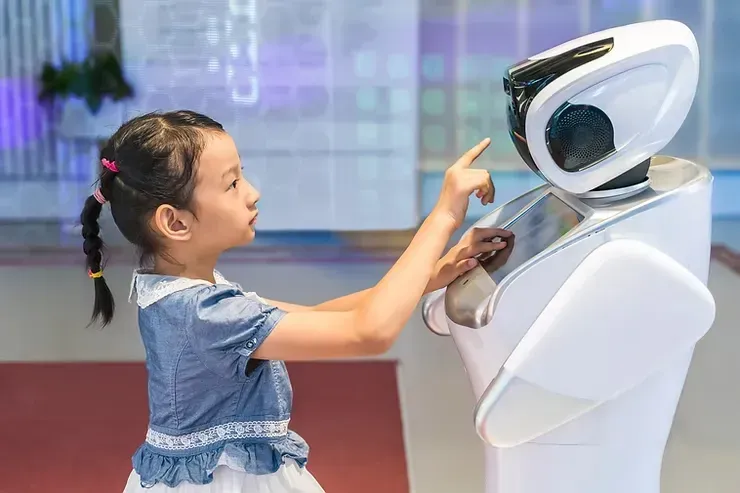By Tony Beals
•
August 27, 2025
When I think back to elementary, middle, and high school, one word comes to mind: survival . I was impulsive, unfocused, forgetful. I often missed assignments—not because I didn’t care, but because I literally couldn’t keep track. I struggled socially, too. I had a few close friends, but for some reason, I always felt like I was on the outside looking in—trying to fit in, but never quite belonging. I got bullied between classes, especially in middle school, and many mornings I was too sick with anxiety to move. I had to fake being sick just to stay home. At the time (this was the 70's and 80's) there wasn’t language like “neurodivergent” to help me make sense of it all. ADHD was the only word people used—and it came with stigma, side-eyes, and medication warnings. I didn’t want to be that kid, so I put on the mask. No one wants to be that kid—the one who's too much, too loud, too forgetful, too weird. It’s a lonely place, and over time, you start to lose your own sense of self—becoming what you think everyone needs instead of who you actually are and end up being a “social chameleon.”













